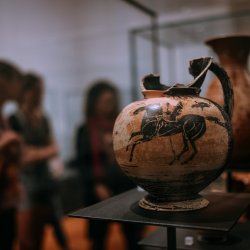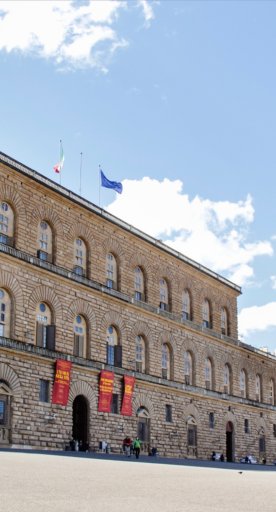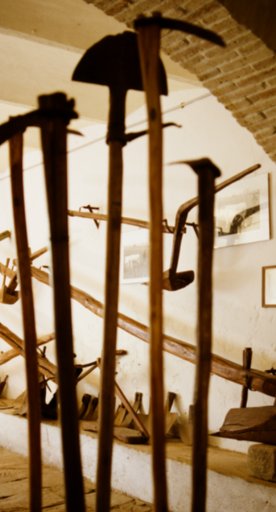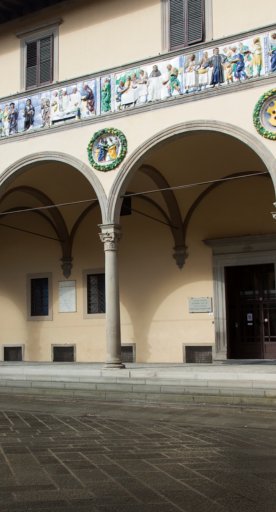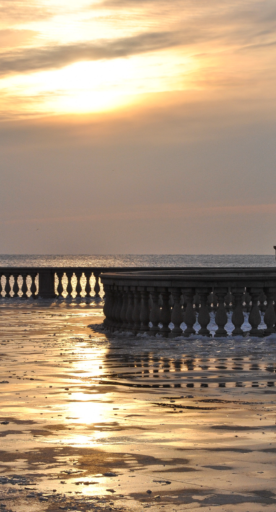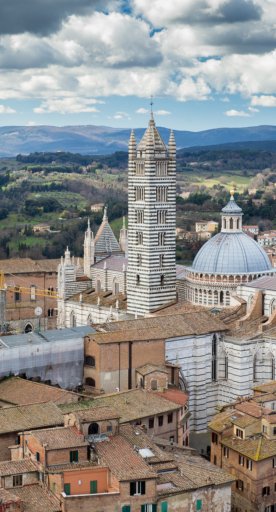

Accessible museums in Grosseto
A guide to learn which museums and monuments are barrier-free
Grosseto is a city best known for its surrounding seaside resorts, but it also guards an ancient and precious history.
Let's find out together which are the main museums and places of culture without barriers, for an increasingly accessible tourism.
All marked facilities are accessible to visitors in wheelchairs or with mobility problems.
-
1.Museum of Archaeology and Art of the Maremma
-
2.Museum of Sacred Art of the Diocese of Grosseto
-
3.Museum of Natural History of the Maremma
-
4.Cathedral of Grosseto
-
5.Clarisse Cultural Center
Museum of Archaeology and Art of the Maremma
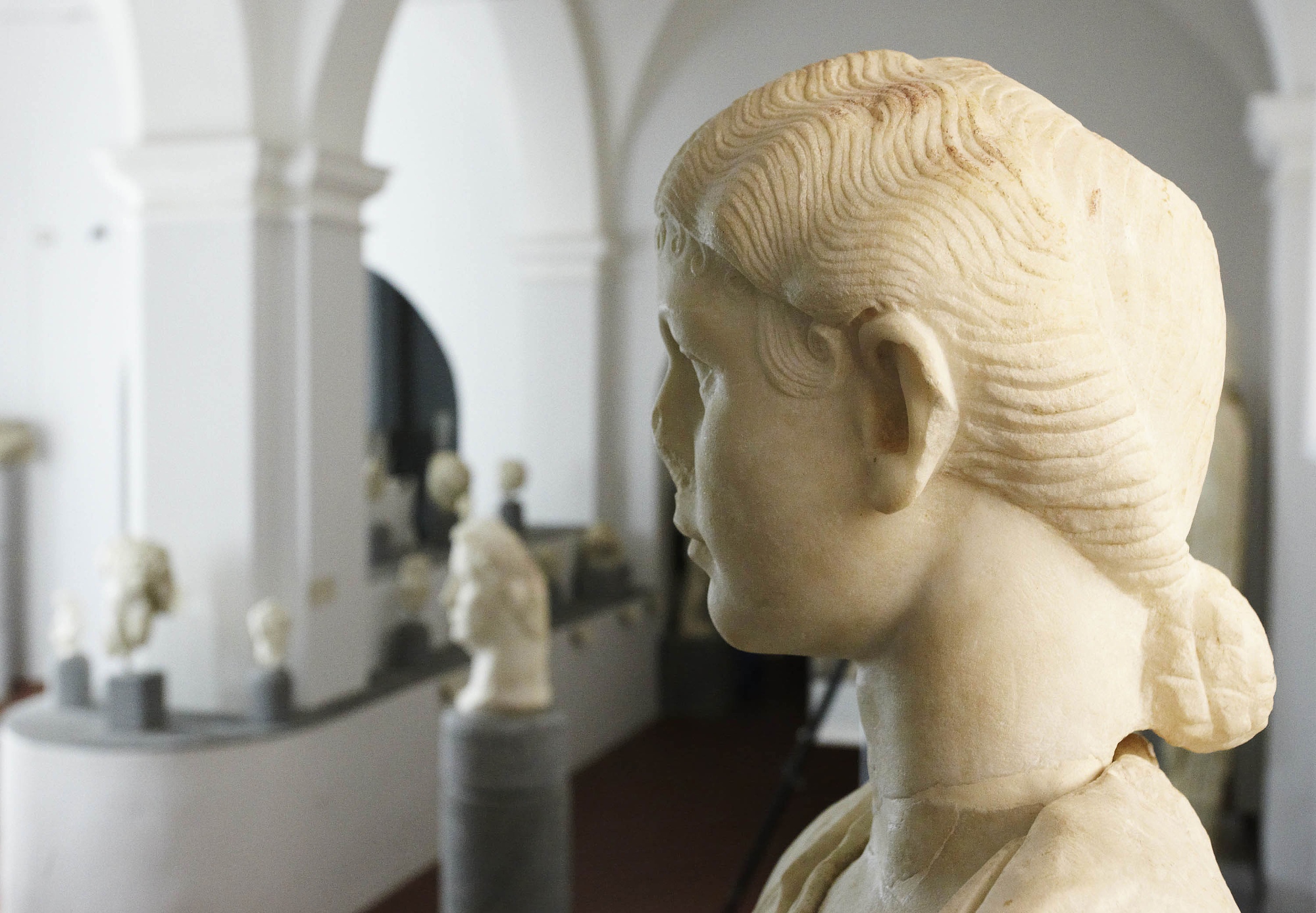
The Museum of Archaeology and Art of the Maremma (MAAM) traces the history of the Maremma from prehistory to the birth of the Etruscan cities, through the Roman conquest and the Middle Ages to the modern age, through archaeology and art.
It is divided into several sections, each of which contains important evidence of Maremma's history.
One of the museum's most valuable exhibits is the bucchero bowl with a graffito alphabet from the 6th century B.C. (bucchero is a type of black ceramic).
Museum of Sacred Art of the Diocese of Grosseto
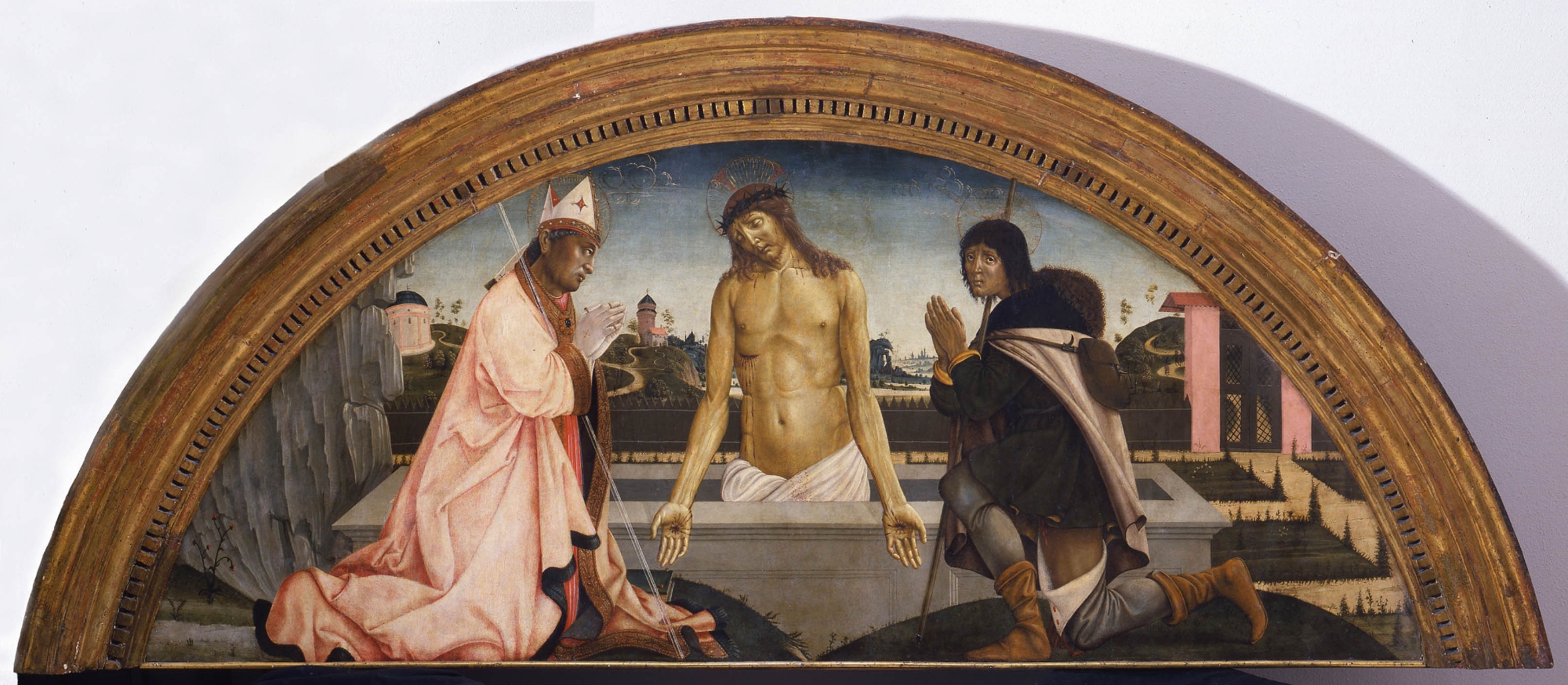
In the same building as the MAAM, precisely on the third floor, is located the Museum of Sacred Art of the Diocese of Grosseto, thanks to an agreement by the Diocese for the storage and display of works of sacred art within the Civic Museum.
Of great value is the collection of works from the city's churches, attributable for the most part to artists from Siena working for the Maremma center, particularly jewelry, sacred vestments, illuminated choir books and ceramics.
Inside several rooms there are four tactile reproductions that represent a historical-artistic itinerary for the blind and visually impaired. Qualified reception staff are always available to guide users through the exhibition itinerary.
Museum of Natural History of the Maremma
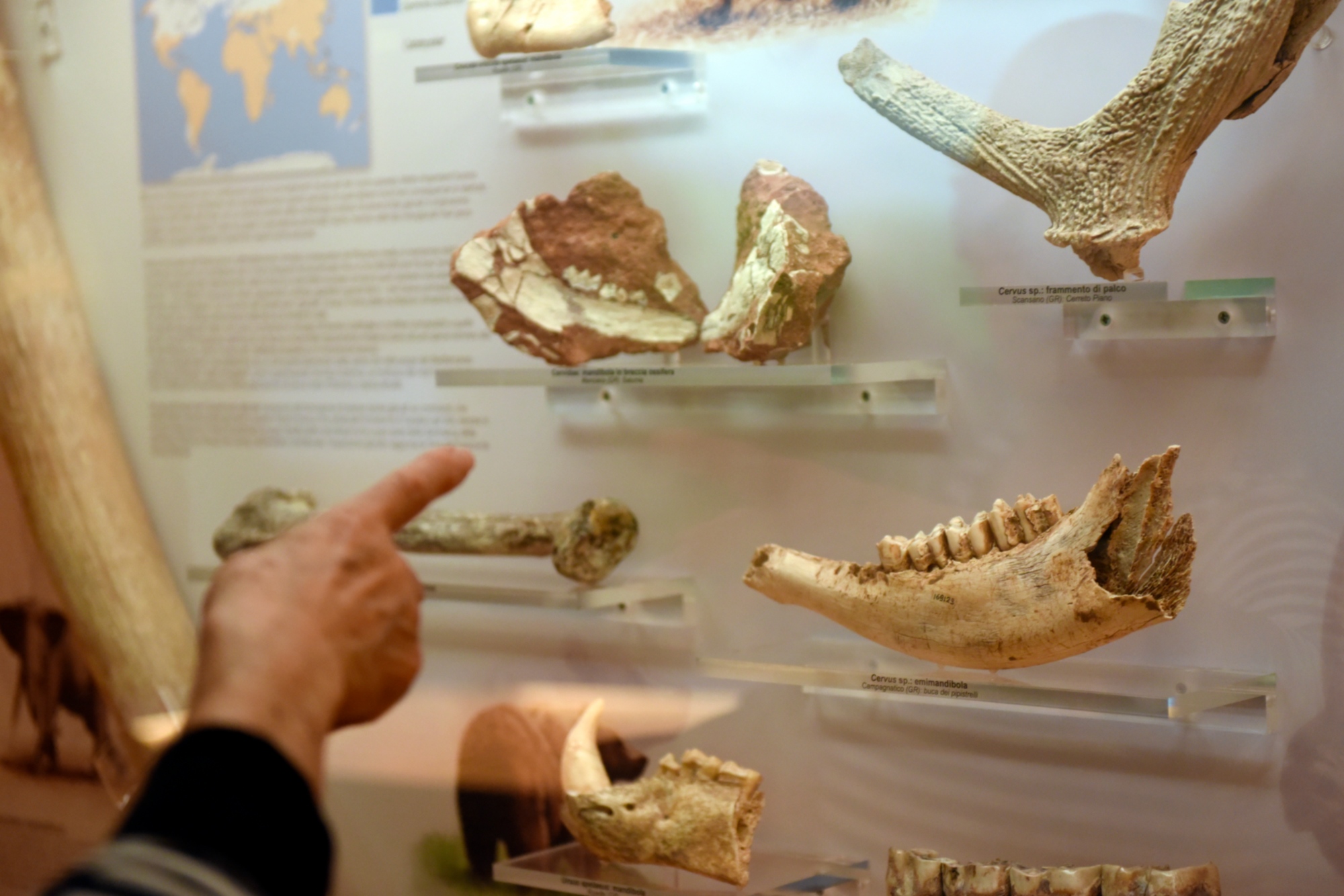
The Museum of Natural History of the Maremma is an exhibition space dedicated to the environment of southern Tuscany, with exhibits, environmental reconstructions, descriptions and in-depth studies.
It was created with the aim of documenting the natural reality of the Maremma territory and as a place for dialogue between the community and the scientific world by means of numerous activities.
It exhibits collections of minerals, rocks, animal and plant fossils, shown in showcases or in three-dimensional reconstructions, and extends over three floors: two for exhibitions and one dedicated to museum activities.
Cathedral of Grosseto
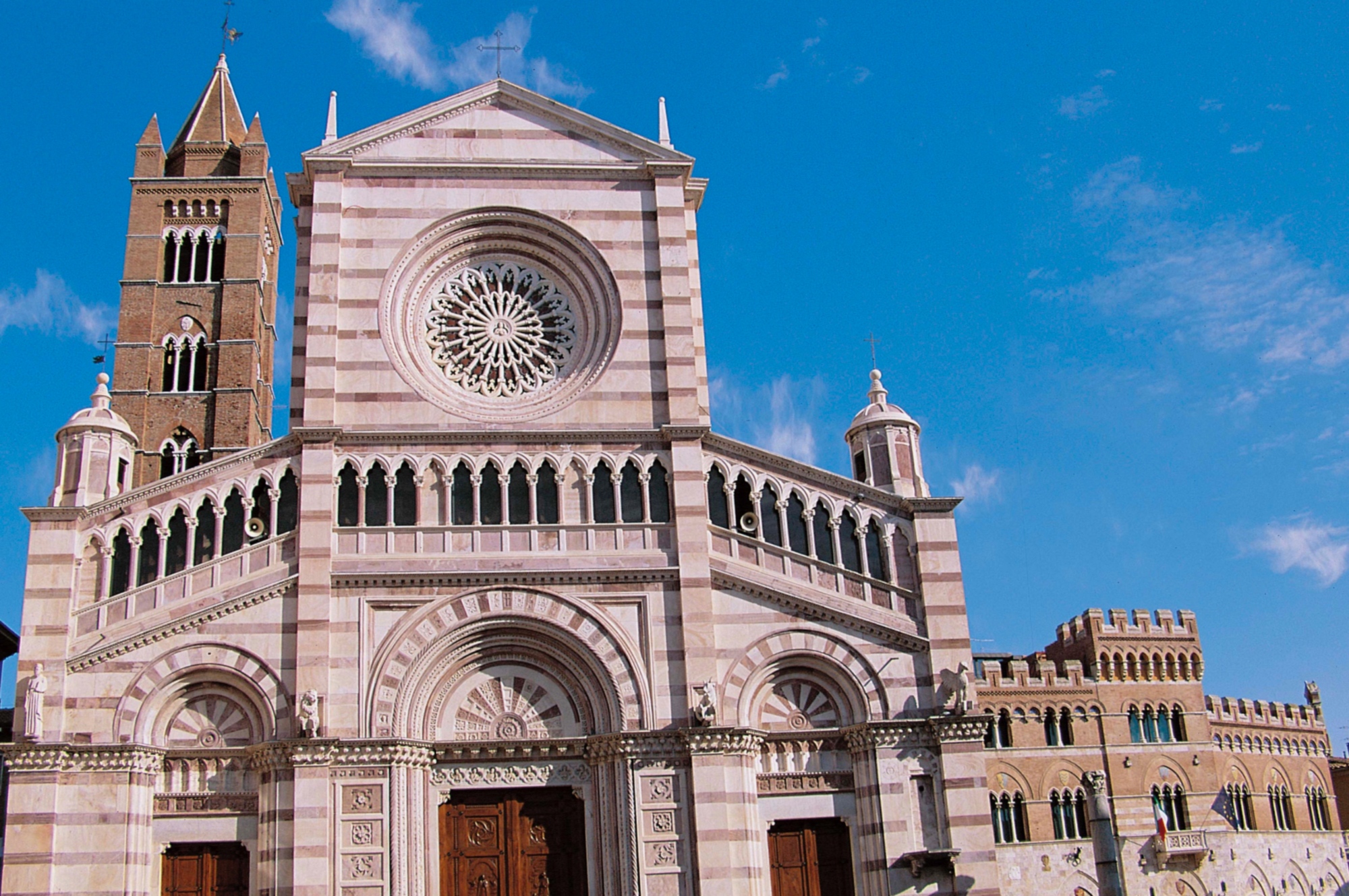
The Cathedral of Grosseto, named after San Lorenzo, is the city's most important monument.
As an inscription on the right-end side of the facade attests, the Cathedral was built beginning in the late 13th century under the direction of master Sozzo Rustichini, who also participated in the construction of the facade of the Cathedral of Siena.
The interior houses interesting works of art, such as the imposing marble baptismal font by Antonio Ghini and, also by the same author, the sculpted frame of the Altar of the Virgin Mary that houses the precious panel painting by Matteo di Giovanni.
The atmosphere created by the beams of light from the Gothic windows on the right wall, the work of Benvenuto di Giovanni, a 15th-century artist from Siena, is very striking.
The Cathedral is fully accessible, and inside there is a tactile path for the blind and visually impaired: thanks to special tactile tables, it is possible to learn about reproductions of the plan of the Cathedral, the painting of Our Lady of Grace, the baptismal font, the facade of the Cathedral, the Crucifix by the Vecchietta, and the stained glass windows with saints by Benvenuto di Giovanni.
Qr-codes with information about the Cathedral, Our Lady of Grace and other works have also been included in each tactile table.
Clarisse Cultural Center
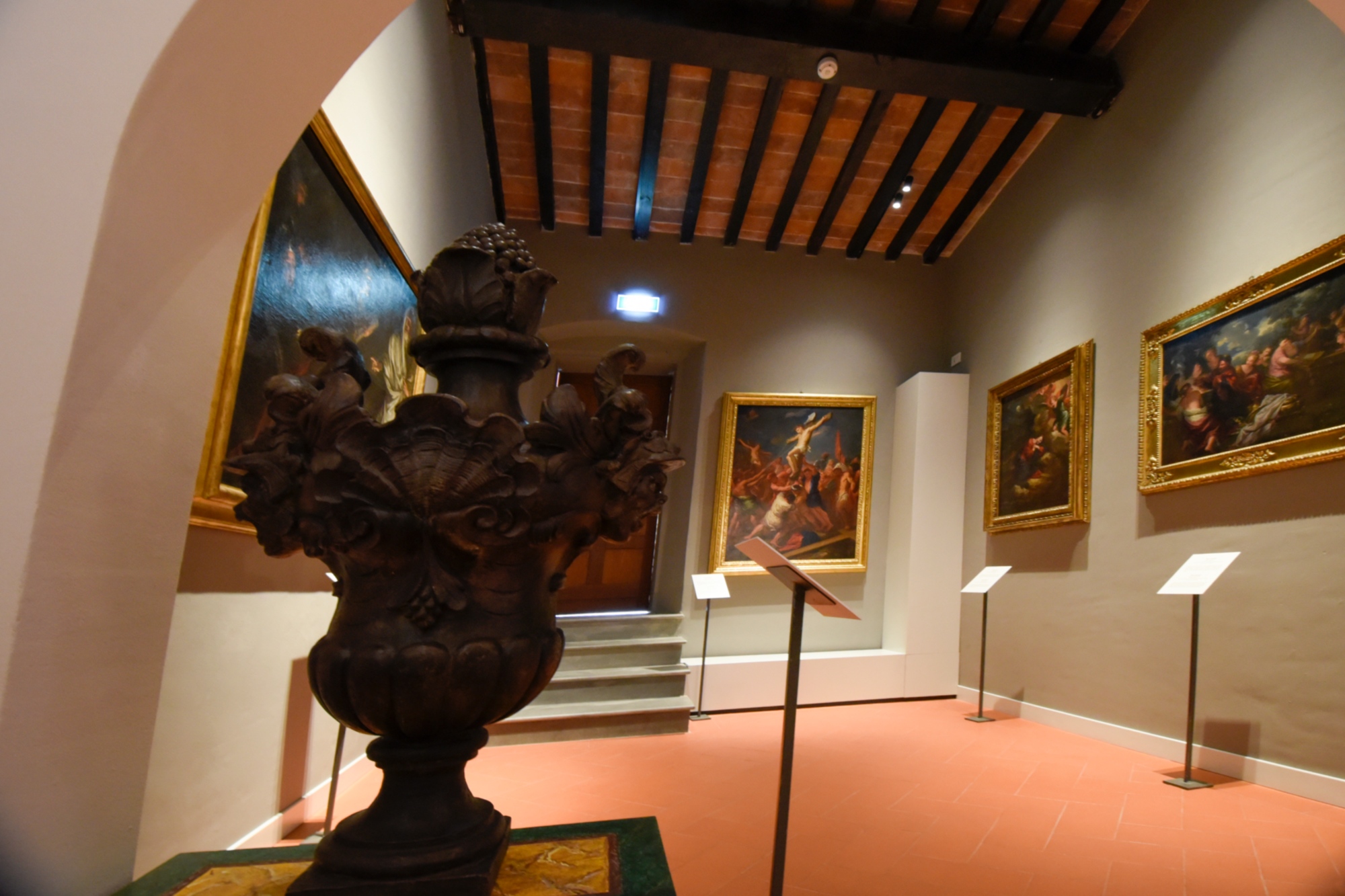
Le Clarisse Cultural Center is located in the historic town center of Grosseto, in the building of the former convent of Santa Chiara.
Opened in 2016, it houses four cultural institutions: the Gianfranco Luzzetti Collection Museum, Clarisse Arte, the Roberto Ferretti Ethnographic Collection, and the MuseoLab.
The museum's itinerary combines eight exhibition rooms, arranged around the small and charming cloister of the Church dei Bigi, the only and precious testimony of Baroque art in the city.
The setting-up shows art masterpieces (paintings, sculptures, majolica, antique furniture) dating between the 14th and 19th centuries.
These include works attributable to Antonio Rossellino, Giambologna, Santi di Tito, Cigoli, Rutilio Manetti, Passignano, Corrado Giaquinto, Spadarino, Camillo Rusconi, Pier Dandini and Giovanni di Tano Fei.


